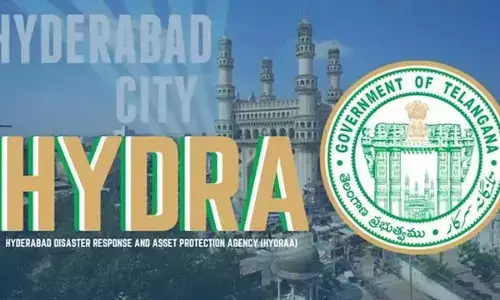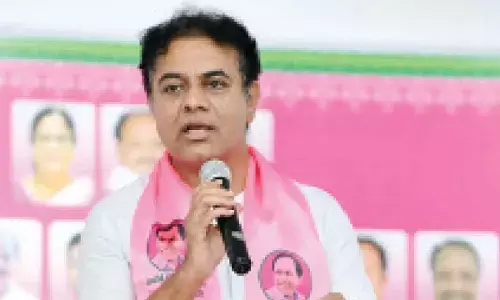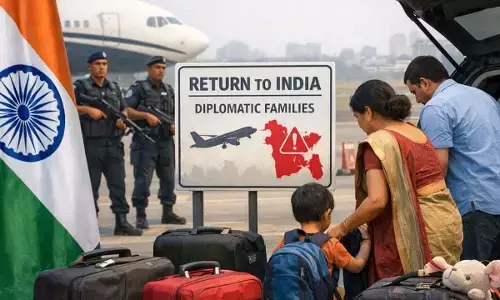Must-Read Works by Munshi Premchand

Munshi Premchand, a luminary in Hindi literature, remains a timeless storyteller whose works vividly depict the nuances of Indian society.
Munshi Premchand, a luminary in Hindi literature, remains a timeless storyteller whose works vividly depict the nuances of Indian society. Here, we explore five of his most acclaimed works, each offering a unique perspective on the human condition and societal challenges:
1. Godan (The Gift of a Cow): A Saga of Rural Woes
Published in 1936, "Godan" is often regarded as Premchand’s crowning achievement. The novel portrays the life of Hori, a debt-ridden farmer in a poverty-stricken village, who dreams of owning a cow. Through Hori's struggles, Premchand delves into themes of social injustice, the exploitation of peasants, and the resilience of the human spirit.
Relevance Today: A 2020 survey by the National Sample Survey Organization (NSSO) revealed that over 60% of rural households in India still depend on agriculture for their livelihood, underscoring the enduring relevance of "Godan."
2. Gaban (Embezzlement): A Morality Tale
"Gaban," published in 1924, is a compelling critique of greed and moral decay. The story follows Jhonta, a money-order clerk who embezzles funds, leading to devastating consequences for his family and his social standing. Premchand's narrative highlights the perils of succumbing to temptation and the moral disintegration that follows.
Feminist Perspective:Jhonta’s wife, Mahua, becomes a victim of his actions, highlighting the vulnerability of women in a patriarchal society.
3. Nirmala (The Helpless): A Clarion Call for Social Reform
Published in 1927, "Nirmala" exposes the harsh realities faced by women subjected to child marriage and forced prostitution. The protagonist, Nirmala, endures a life of servitude, reflecting societal hypocrisy and the need for reform.
Continuing Relevance: Despite the outlawing of child marriage in India, the fight for women's education and empowerment persists. "Nirmala" serves as a potent reminder of ongoing social battles.
4. Kafan (The Shroud): A Stark Portrayal of Poverty
"Kafan," a short story from 1936, provides a harrowing depiction of poverty. The story centers on two impoverished brothers who cannot afford a shroud for their deceased father. Premchand's stark realism and evocative language leave a lasting impact on readers.
Modern Context: According to a 2022 World Bank report, 10.1% of India’s population still lives below the national poverty line, making "Kafan" a poignant commentary on the enduring issue of poverty.
5. Sevasadan (The House of Service): Questioning Societal Norms
"Sevasadan," published in 1917, addresses the sensitive issue of prostitution. The novel explores the socio-economic factors that drive women into this profession and criticizes the societal double standards that stigmatize them.
Call for Reform: Beyond its immediate narrative, "Sevasadan" advocates for better education and opportunities for women, emphasizing the need to break the cycle of poverty and exploitation.
These five works represent just a portion of Munshi Premchand’s literary legacy. Each one provides a profound insight into the complexities of Indian society, demonstrating the enduring relevance of his writing.

















